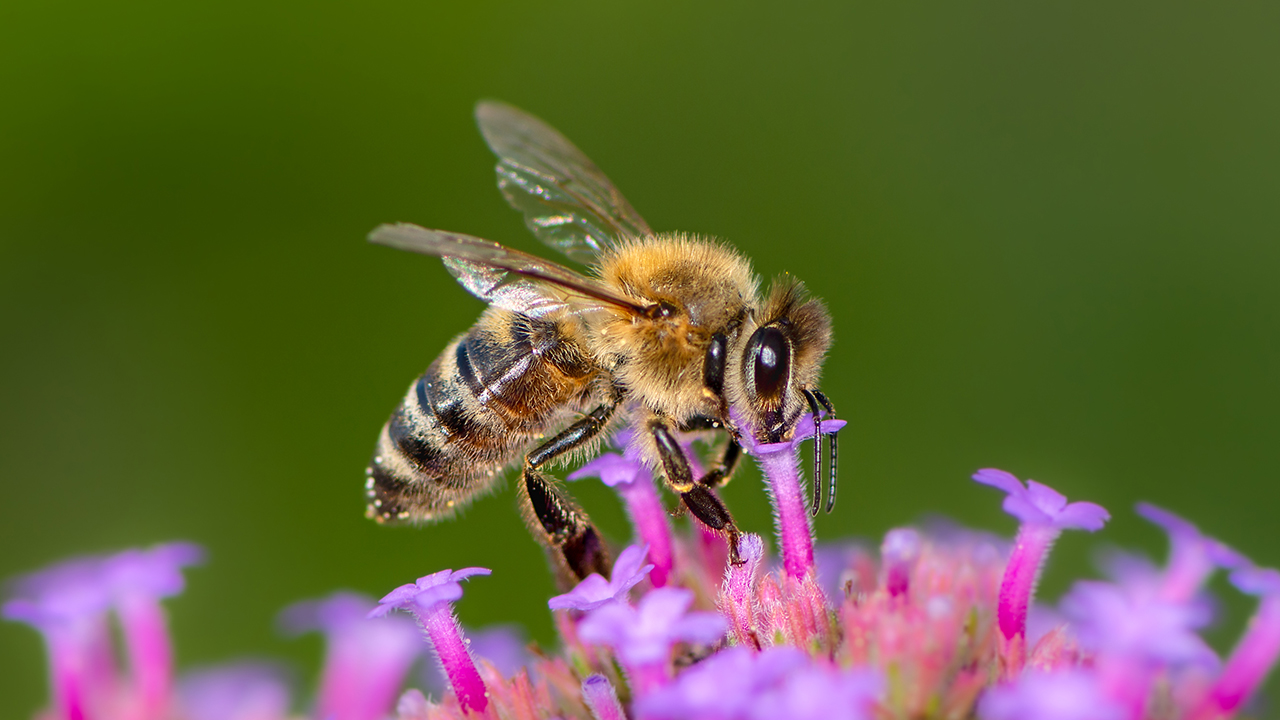
In the vibrant world of gardening, there's a secret to cultivating a thriving, buzzing ecosystem right in your backyard: attracting pollinators.
Bees, butterflies, and other pollinating insects play a crucial role in the health of our gardens and the broader environment.
Let’s explore the enchanting world of pollinator-friendly plants and how they can transform your garden into a haven for these essential creatures.
Why Pollinators Matter:
Before diving into plant selection, it's essential to understand the significance of pollinators.
Bees and butterflies, among other insects, are responsible for pollinating flowers, fruits, and vegetables. This process is vital for plant reproduction and the production of the fruits and seeds we enjoy.
By inviting these pollinators into your garden, you’re not only ensuring the health of your plants but also contributing to the overall biodiversity of your local environment.
Top Plants to Attract Pollinators:
- Lavender (Lavandula): Known for its fragrant blooms, lavender is a favorite among bees and butterflies. Its long-lasting flowers provide a nectar-rich buffet for pollinators.
- Butterfly Bush (Buddleja): As the name suggests, this plant is a magnet for butterflies. Its vibrant, cone-shaped flowers come in various colors and provide a delightful feast for these fluttering visitors.
- Coneflowers (Echinacea): With their bold and colorful petals, coneflowers attract bees and butterflies. They're not only visually appealing but also low-maintenance, making them a great addition to any garden.
- Bee Balm (Monarda): Aptly named, bee balm is a favorite among bees. Its unique tubular flowers provide a perfect landing pad for these important pollinators.
- Sunflowers (Helianthus): Sunflowers are not just a symbol of summer; they are also excellent attractors of bees and other pollinators. Their large, pollen-rich flowers make them a favorite pitstop for busy insects.
Creating a Pollinator-Friendly Haven:
To maximize the attraction of pollinators, consider planting a variety of flowers that bloom at different times throughout the growing season.
This ensures a continuous supply of nectar and pollen, supporting pollinators from spring through fall. Additionally, avoid using pesticides, as they can harm the very insects you’re trying to attract.
Transforming your garden into a pollinator-friendly paradise is not only beneficial for your plants but also a rewarding experience for any gardener.
By choosing the right plants and creating a welcoming environment, you contribute to the well-being of bees, butterflies, and other pollinators.
So, get ready to witness the magic of nature unfold in your own backyard as you embrace the buzz about bees and the beauty they bring to your garden.
